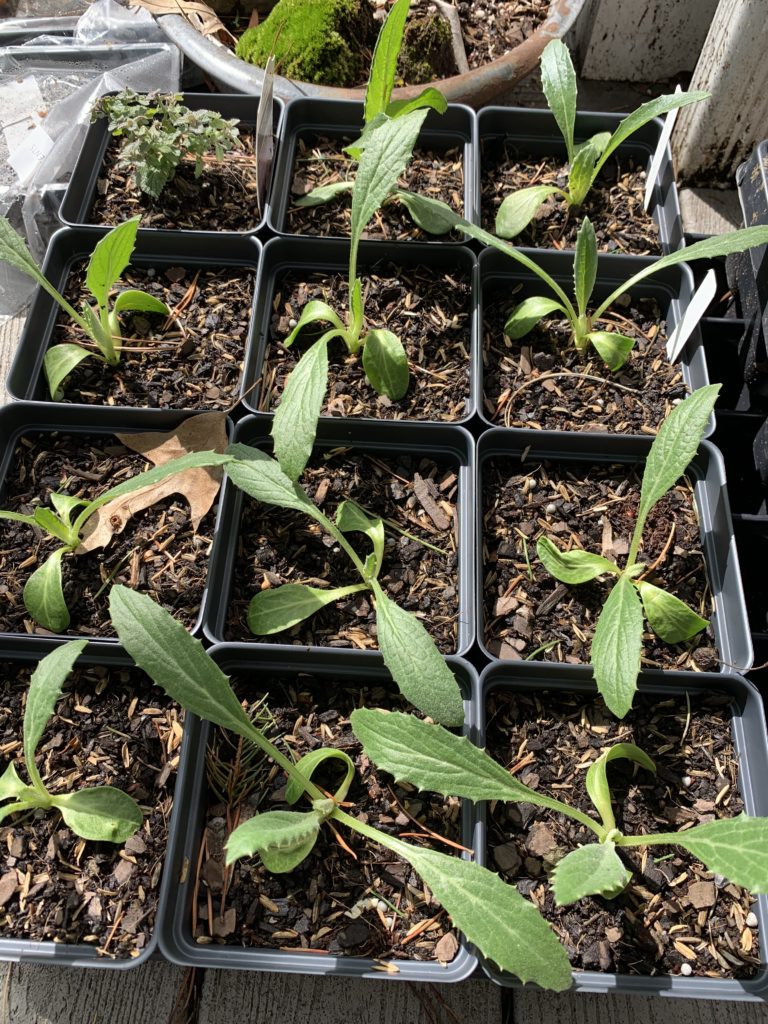Growing Artichokes Requires Some Tricks

By Maria Price
Artichokes are one of my favorite foods but they can be rather expensive in stores. I have seen seeds for perennial artichokes in various gardening so I thought I would attempt to grow them.
The seeds germinated rather easily since they like warmth and I was able to keep them growing in my greenhouse. They were large plants by the time I planted them in late spring. They can grow into plants 2 to 3 feet tall, but alas, I had no artichokes by the end of the summer.
I attempted to overwinter them thinking they would reward me with tons of artichokes for the next season. Most of them didn’t make it through the winter; those that did were a couple of bedraggled ones that eventually succumbed to their difficult winter and died.
Artichokes grow well in California, France and Italy. They are in the Asteraceae family and their flowers attract a large number of beneficial insects. They’re related to chicory, endive and radicchio.
Artichoke is the immature flower bud of a domesticated thistle. It looks a little scary with its armored leaves concealing and protecting the delicious flesh within. You pick it before the spiny leaves open outward and allow the beautiful neon violet flowers to develop. The tender central leaves, along with the bottom disk make up the artichoke heart. Sitting on top of the disk is the scratchy inedible choke. After cooking, that’s the part that is removed. It’s wonderfully delicious to pull the leaves off and dip the base into olive oil, lemon juice and oregano. After plucking all the leaves off and removing the choke, you can dip the bottom disk or heart into the marinade for a mouthwatering treat.
Back to growing these tasty treats. Even though they’re perennial, they are not very cold hardy, so we have to trick them. In areas where they won’t survive the winters, like Maryland, you have to create an artificial winter or vernalization or cold treatment. Sow the seeds indoors, usually in February, about 8 weeks before the last frost, and grow them for about a month indoors. Put them outside to experience cool temperatures, around 50 degrees for a minimum of two weeks. I started mine in February and grew them indoors until about mid-March. Then I put them outside until May. Now I’m getting ready to plant them in the garden. It’s important to keep them above 25 degrees during the outdoor phase.
They grow into large plants, so plant them 2 feet apart in full sun. They like a deeply dug, rich soil with lots of organic matter. They’re a striking plant with large grey leaves and can be used in a landscape as a focal point.
